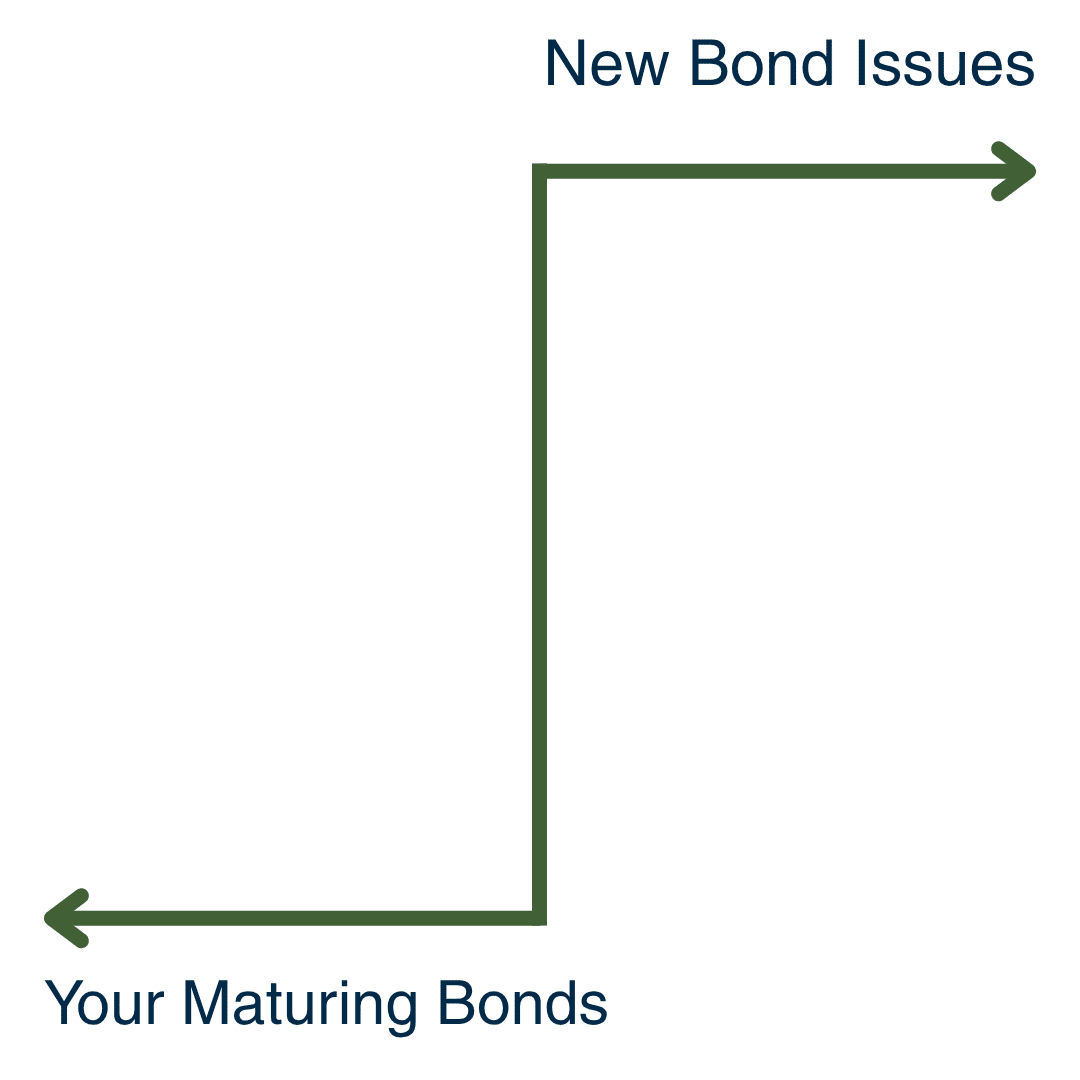Why small business owners should also invest in other assets
By Roman Raies, Market Analyst
Running your business and investing in your own companies is probably the most familiar way to build wealth for retirement. Understanding financial investments is another business entirely, and it comes with risk, even if you invest in industries you know well.
Stock prices fluctuate due to:
- market swings
- the company’s management decisions
- geopolitical risks
Investment Factors
Market Swings | Company Management Performance | Policy and Geopolitics |
Credit conditions Market Cycles Federal Reserve decisions Technical factors Liquidity | Earnings growth or loss Acquisitions or sell-offs Profits and losses Successful against competition? | Tariffs Conflicts and Crises Tax policy Oil negotiations |
Diversifying your investments outside your own business is necessary to avoid putting all your eggs in one basket. Market investments could even provide the cash that saves your business when times get tough. A recent study by Fidelity found that 83% of small business owners know they should be saving more for their own retirement, and 59% are not sure how to maximize their retirement savings.
Deciding to invest typically comes down to whether you feel sufficiently informed to do so. Some strategies are particularly well-suited to your needs as a business owner, while others could pose unnecessary risks and costs.
How should you use a bond ladder for predictability and growth?
A bond is a type of investment that allows you to earn interest on money you invest. Bonds work by giving the government and corporations access to your money in exchange for bonds, which give you the right to collect that money on a maturity date, when your invested amount and any interest owed to you are fully paid back by the bond issuer.
Par Value | The dollar value of your bond at maturity |
Coupon | The value of interest payments the company will make out to you while you hold the bond |
Yield to maturity | The percentage you stand to profit from your investment, assuming you reinvest interest/coupons |
What should you do if your bonds fall in value?
Even if the value of your bonds falls after you bought them, this does not impact on the amount you will be paid if you hold them to maturity. Unlike stocks do not actually guarantee any payment to the investor, bonds do promise to return what you initially invested plus interest earned. Let’s take a look at a specific scenario.
Example Company Bond
Price Paid:$980 | Par Value: $1000 | Date of Maturity:May 26, 2026 |
Market Value: $950 |
There are three options that a business owner can take in this situation:
- You can sell early and take a loss.
- You can wait until the date of maturity, when the issuer pays 1000.
- You can wait for the bond price to rise and sell to someone else, but you might not receive the full $1,000 if you sell early.
Unlike with stocks, having a definite par value allows you to plan how much money you will have when the bond matures. While you wait for your investment to be repaid, you will also earn interest. This makes bonds a good investment to make the most of cash that is not currently needed but will be useful in the future.
Cash Amount | Possible Current Use | Possible Future Use |
$5,000 | Restock early | Save for new equipment |
$10,000 | Advertise in billboards | Save for systemic advertising campaign |
$20,000 | Train new team members | Train, license and build high value skills |
How can you increase compound growth with bond laddering?
You may also want to consider investment strategies that promote compound growth over a longer time period. Bond laddering involves investing and reinvesting bonds on a “ladder” of different bond maturity dates. This gives you a predictable stream of income. If you choose to reinvest payments into the ladder, you take advantage of the compounding effect for more growth.
Years till maturity | YTM | Years till Maturity | YTM | |
| 5 yr 7% |  | 5 yr 7.% | ||
| 4 yr 5% | 4 yr 5% | |||
| 3 yr … | … | |||
| 2 yr … | … | |||
| 1 yr 1% | … | |||
To note about bond laddering:
- Longer-term bonds often have higher yields
- Reinvesting your earnings sets you up to collect better payments at regular intervals instead of choosing one or the other
- Collecting on the bond, you choose to continue the ladder or use the money for business purposes
Diversification: How should your business or industry influence what you invest in?
The benefit of a diversified portfolio is that having more than one source of wealth to draw from makes you financially more resilient in different economic situations. If your own business is risky or cyclical, choosing to invest in safer assets evens out your risk-reward balance. However, if your business is stable, you may have more leeway to try more volatile assets for bigger growth.
Highly Cyclical Businesses | Less Volatile Investments |
Car servicing and maintenance | Longer-term bonds |
Distribution and wholesale | High Yield Savings Accounts |
Repair and Renovation | Utility Stocks |
| Building | Certificates of Deposit |
Less cyclical businesses | Highly Volatile investments |
Waste management | Short term bonds |
Plumbing | Tech Stocks |
| Building Maintenance | REITS |
| Energy management | Foreign Currency Stocks |
Risk allocation: What’s the safe amount to invest?
You should never invest the cash that you need on hand to cover possible payments. Anticipate unexpected drops in business before you invest. For example, if you own a manufacturing company, you must have enough cash on hand if a machine (or several) breaks down.
Where should you go for investment guidance?
Make sure that your wealth advisor is incentivized to provide you the best guidance not charge you the most commission. Fee-only fiduciaries like Falcon Wealth Planning, a Cogent Analytics partner, do not make higher commissions for recommending that clients buy more financial products. They charge fees for advising clients on what the best choice for managing their money and investments is.
At Cogent Analytics, we pride ourselves on delivering tailored investment advice for entrepreneurs looking to enhance profitability, improve cash flow, and increase equity.



